- You have no items in your shopping cart
- Subtotal: $0.00
Sexes similar. In flight appears grey with a very long stiff tail. Settled often clings vertically. At close range crest, pale blue patch on the nape, and red face and bill are field marks. Flight fast and direct. Usually in parties. Fruit-eating.
Diet: eat quickly and frequently and respond well to Australian Blend Goldenfeast,. Owners need to keep a steady supply of food available and may need to replenish food supplies several times a day. Blue-naped Mousebirds will typically eat two to four times per hour. They spend approximately 30-40 seconds on each feeding. Birds in captivity will need a varied diet and require fresh fruit daily for proper nutrition. In the wild, they consume fruit, leaves, flowers, and buds.
They have large feet. Each foot has four long toes. The two outer toes are reversible and they can move their toes in forward at will, making them pamprodactylous. This gives them the ability to easily climb trees, hang from branches, run along the sides of cages, and hold food or other small objects. They are also well adapted to scurrying though the grasses and undergrowth. The term “mousebird” comes from this ability to move along the ground in a way that resembles the scurrying of a mouse. They generally perch on larger branches where they can rest on their abdomen. In captivity a wide branch or platform will provide a comfortable area for perching. When sleeping they will typically hang upside down rather than perch.
Other names Blue-naped Coly (Coliius macrourus) which is a similar bird but differs slightly in both skeletal structure and behavior. The Urocoliius is noted as a stranger flyer, while the Coliius spends most of its time moving through ground vegetation. Some additional mousebird species include the White-backed Coly (Colius Colius) with two subspecies, the Red-faced Mousebird (Urocolius Indicus) with 5 subspecies, the Bar-breasted or Speckled Coly (Colius Straitus) with 19 subspecies, and the White-headed and Red-backed Mousebird
DNA Testing:
If there is no gender option listed for a bird on our website, that particular species is ‘monomorphic’, which means we’re unable to determine gender without purchasing DNA testing. DNA testing is an additional $149 per bird to guarantee preferred gender. DNA testing may add an additional 3-6 plus weeks to estimated delivery time to allow for gender results. See our FAQs for more info.

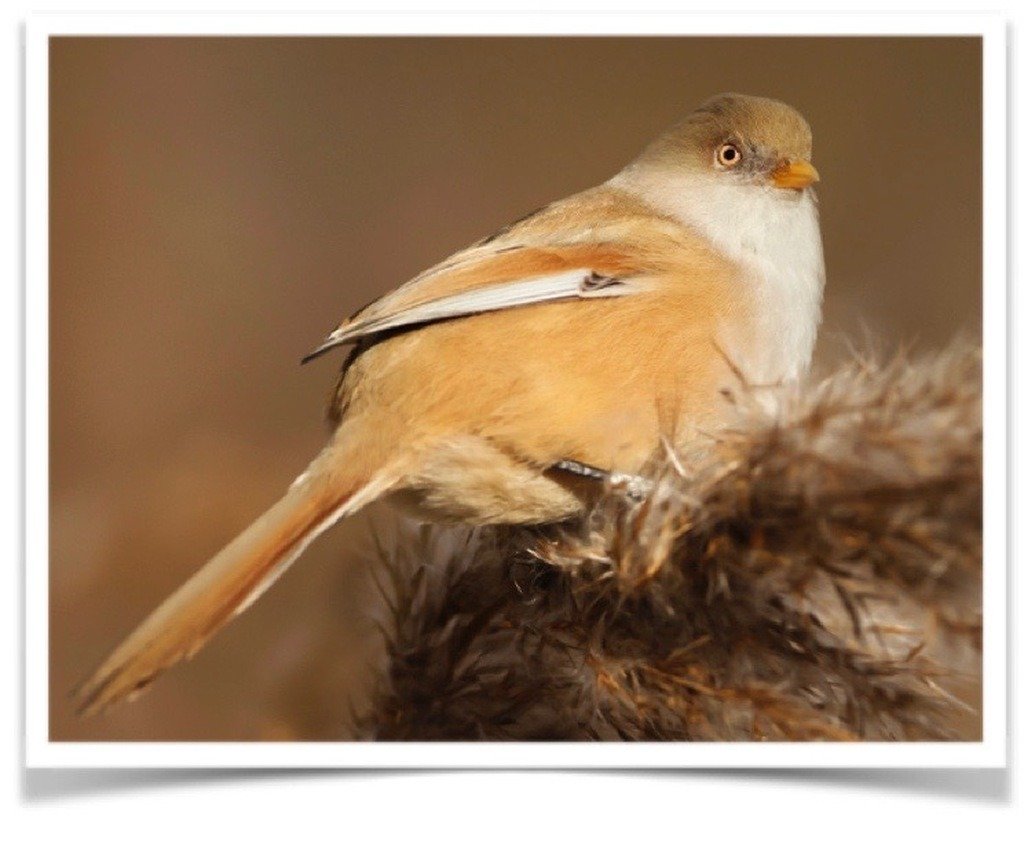
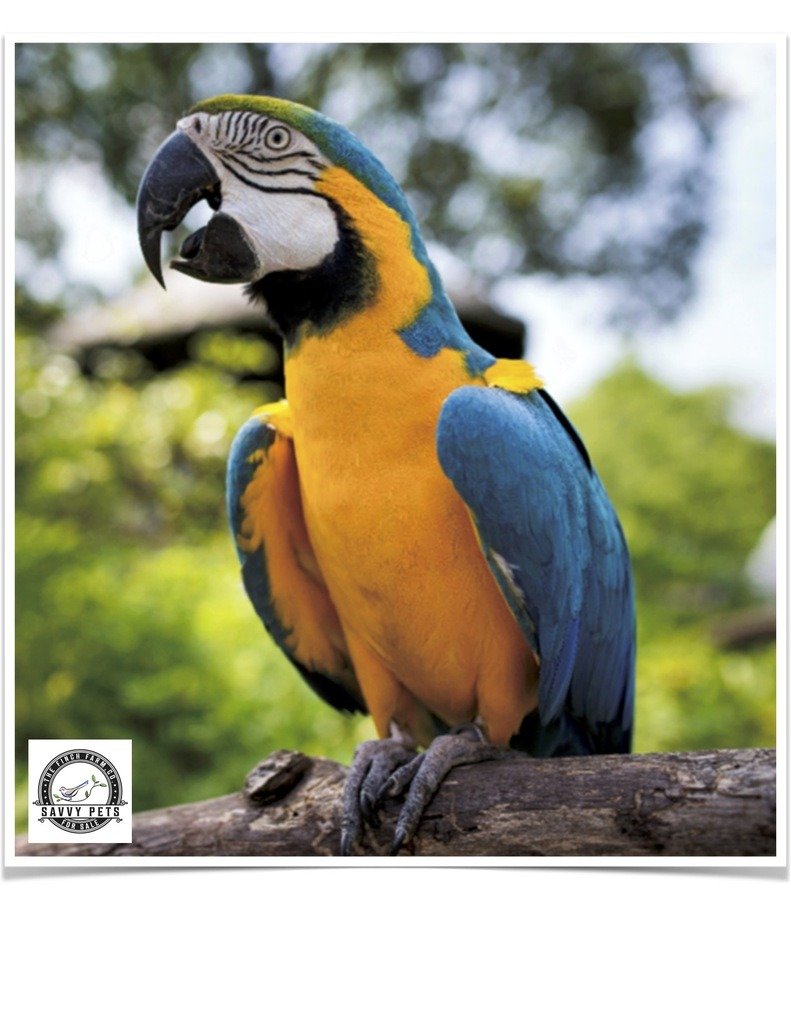
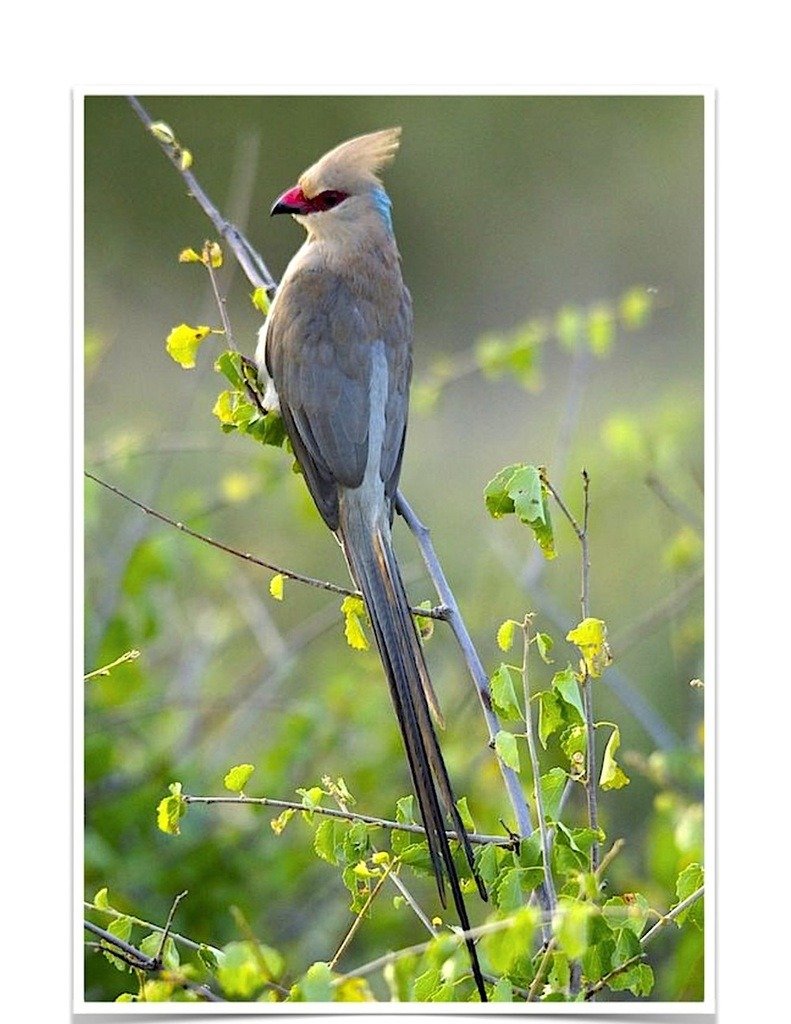
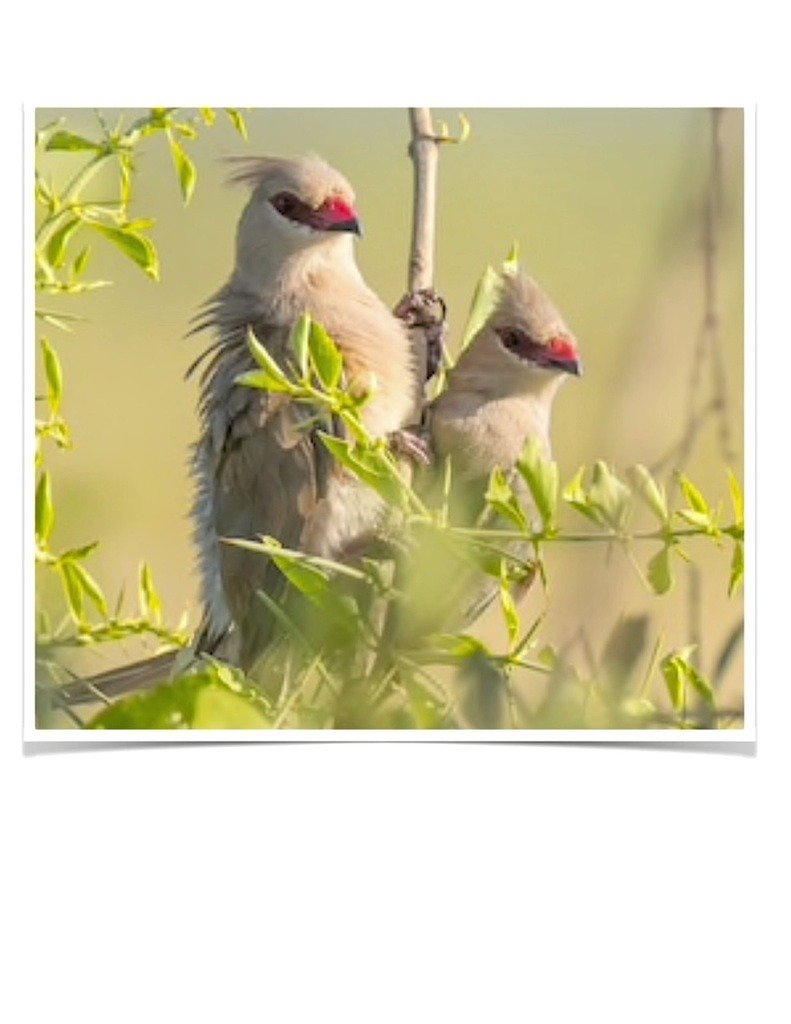
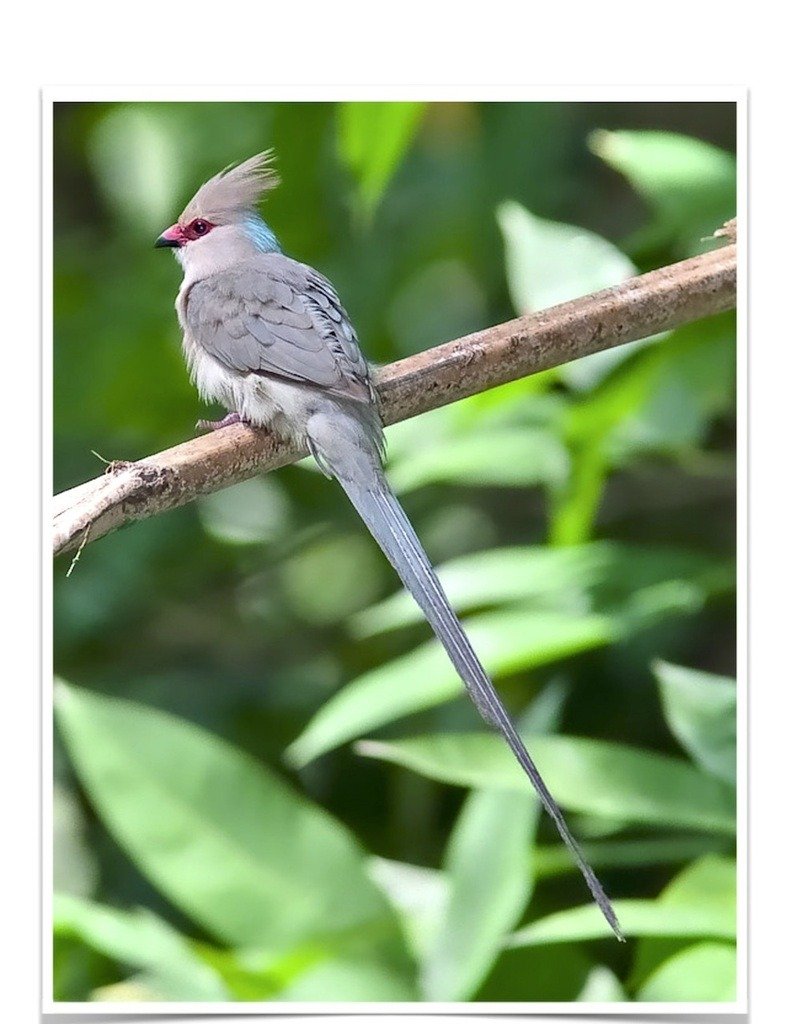
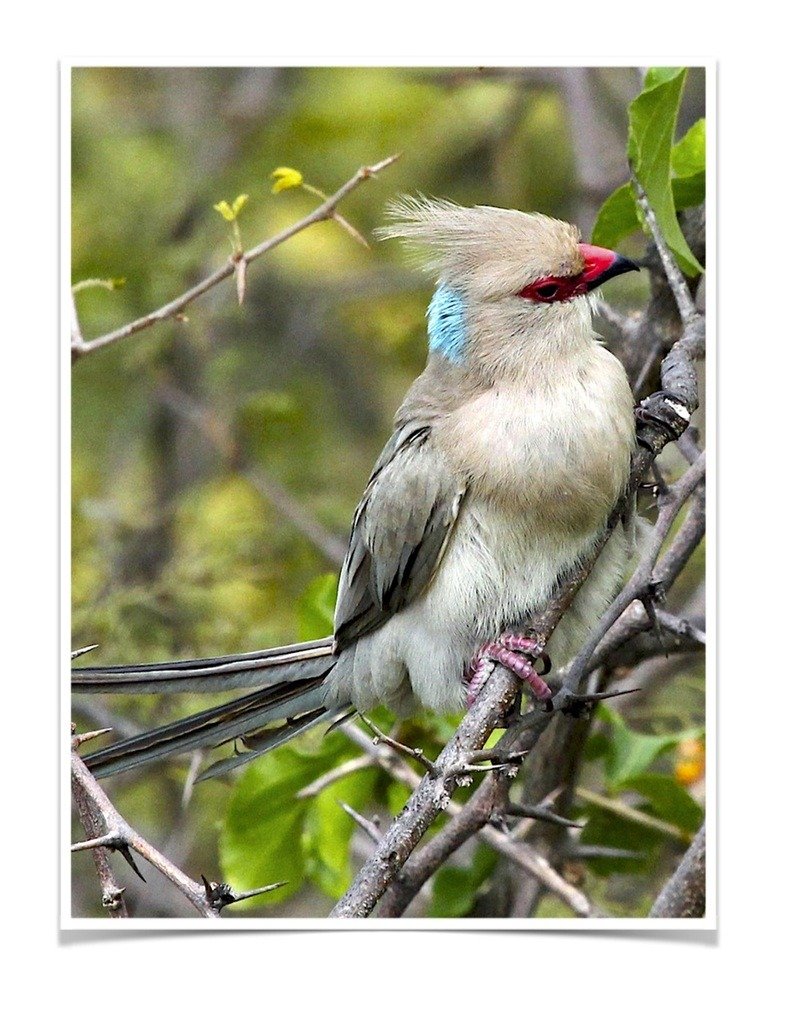
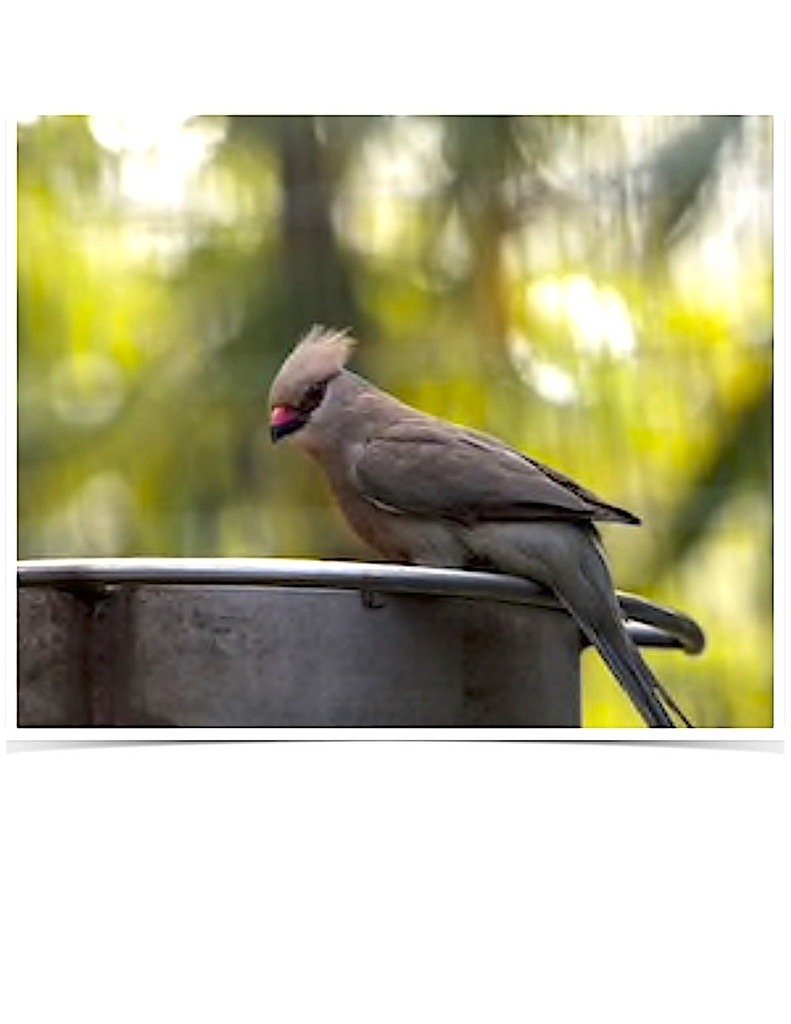


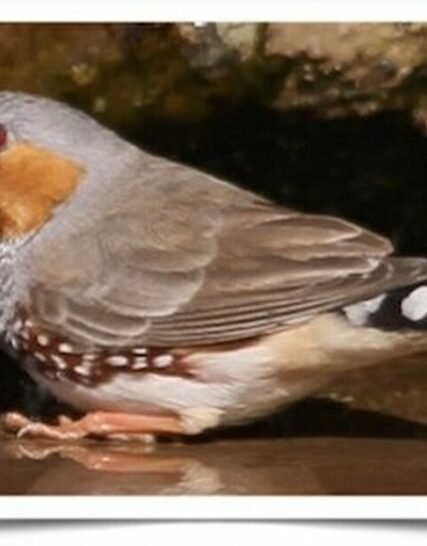
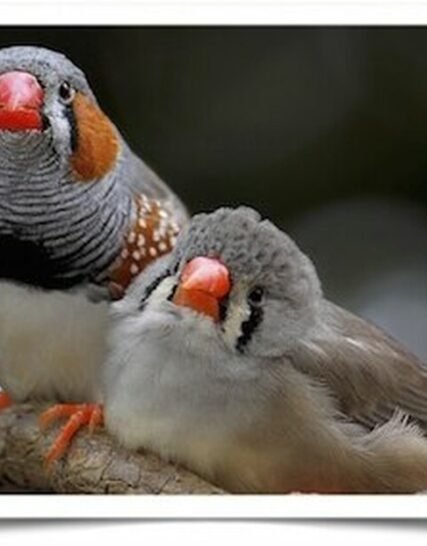



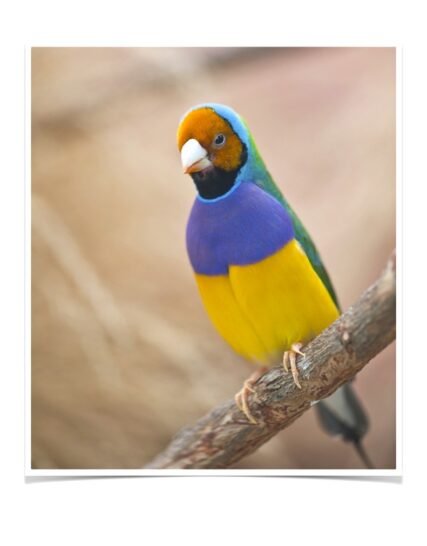


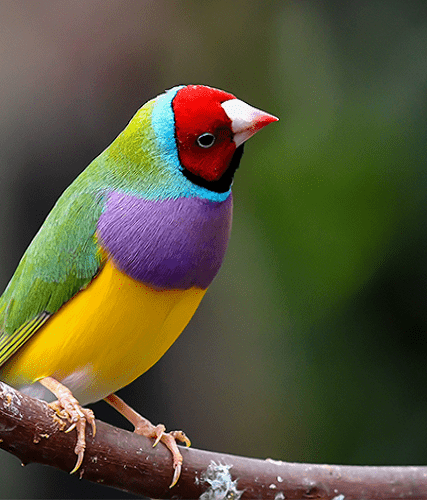
Reviews
There are no reviews yet.